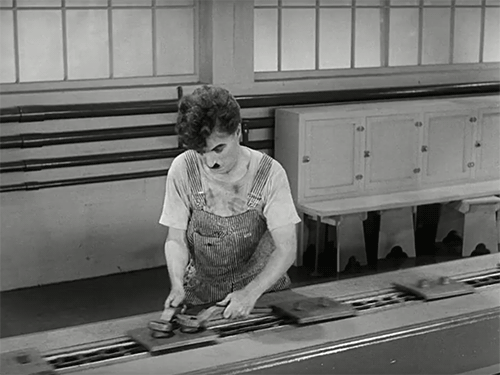-

There are 150 million people in the American workforce. By 2025 it is predicted that 14.4 million of these people will be wearing smart glasses in the workplace (Forrester.com). Despite the marginal success of Google Glass, that means that we’ll be seeing more smart devices in the hands and on the heads of employees around the world.
Quality Assurance and Quality Control
QA cannot be neglected. Manufacturers maintain a whole department for quality assurance whose sole purpose is to check and evaluate each and every step of the process and maintain a cohesive standard for quality. If products do not meet this standard, the QA department determines the source of the problem and works to solve it. Quality control is a costly affair that eats up precious time and budget. Maintaining the quality of the product is always a priority for any manufacturer but it is equally as challenging and costly to implement and maintain systems that will do a good job.
Augmented Reality can play a very valuable role in the QA process as it allows visual monitoring of products as they make their way through the production line. AR makes telepresence a possibility allowing engineers and experts to collaborate on tasks before, during, and after assembly.
Software with hands-free features, as well as image capturing capabilities, give technicians a look at how to assemble a product properly as well as magnify images to get a better look at small parts. These capabilities open new horizons for quality control.
AR used to Facilitate Quality Assurance
Since AR brings images to life, it can be used to see the product before, during and after production. AR enhanced software for smart glasses, phones, tablets, and computers is used to explain the step-by-step assembling instructions for the product.
Wearing a hands-free gadget has its own advantages that enable the user to work through tasks with the freedom of using both the hands while instructions are superimposed on what they are seeing. Smart glasses have audio which can allow for remote collaboration or pre-recorded instructions that walk the user through the entire process of assembly - just like a tour guide. Audio and visual are combined to help the user compare the end product with the actual product in front of them. If any defect is found, then a picture is taken and sent to the central unit or control panel.
Depending on how complex the product is, engineers might have to travel to the assembly site to sort out any issues - yet another time consuming and costly affair. While implementing Augmented Reality, an expert can be on the phone, viewing the product and solving the problem in a matter of seconds. This greatly reduces the costs associated with QA.
Augmented Reality and Equipment Maintenance
Equipment maintenance is also a major part of manufacturing and plays an integral part in quality control. Properly functioning machinery makes the assembly line run smoothly. AR makes servicing and maintaining machinery easy. Instead of sending a technician to the site that could be anywhere in the world, an employee utilizing AR could photograph the part that needs attention and receives instant feedback on the issue and solution. Using Vital’s software allows maintenance to be streamlined via pre-recording and step-by-step instructions that walk the user through parts maintenance.
This time saved is a huge benefit of using AR software and smart devices in manufacturing. When manufacturers produce high-quality products in a shorter time, deadlines can be met without compromising quality. Shorter production times also means that the overall cost of the product cost will be driven down and that is good news for your wallet.
Use Cases for AR in Automotive and Aerospace Manufacturing
Already AR software is being used in manufacturing by big brands like Porsche or Volkswagen. In fact, Volkswagen was one of the very first automotive manufacturers to utilize smart tech for mechanics with an app, MARTA, that assists with repairs. The company has gone on to incorporate the software for assembling, quality assurance and control, and to even help VW owners stay connected with their cars.
Similarly, AR is used by Boeing for aircraft production. Recently, Boeing tested the AR waters and witnessed a 40% increase in productivity. “By using augmented reality technology, technicians can easily see where the electrical wiring goes in the aircraft fuselage. They can roam around the airplane and see the wiring renderings in full depth within their surroundings and access instructions hands-free,” said Brian Laughlin, IT Tech Fellow at Boeing. Read the full story about Boeing’s success on their blog.
Curious about how AR can benefit your company’s quality assurance and control process? Sign up for a free, 14-day trial of Vital’s Software for smart glasses, tablets, smartphones, and computers today!